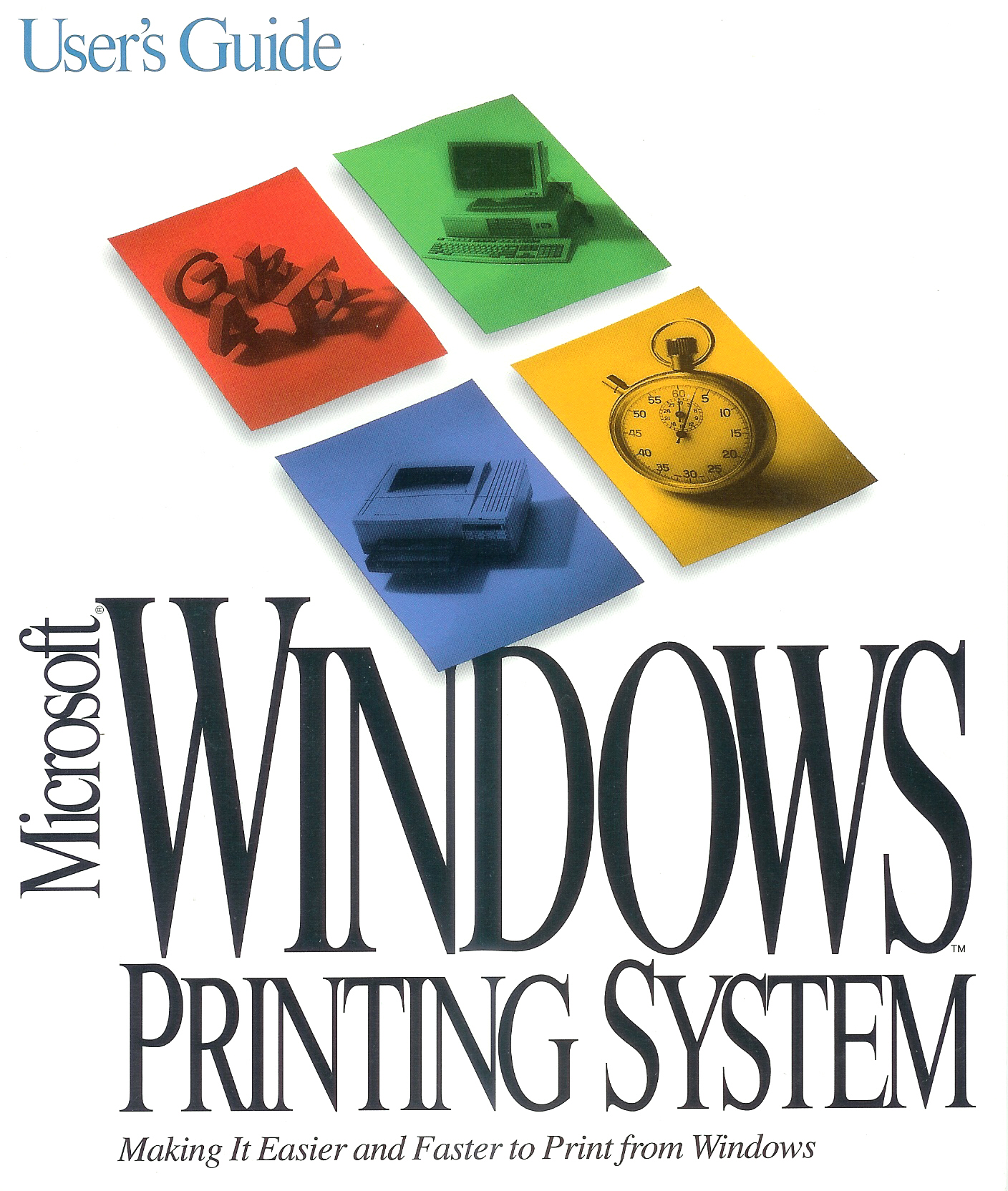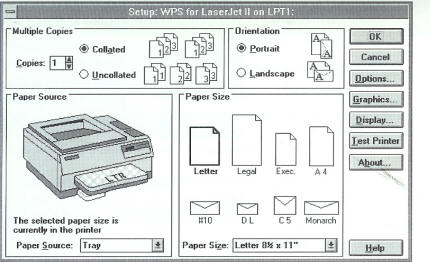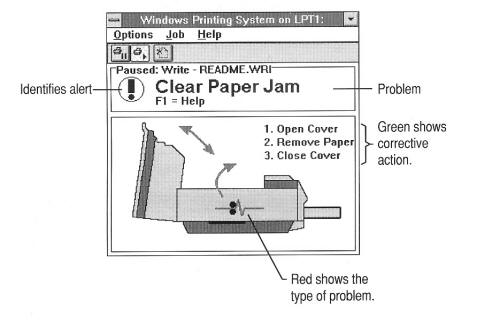TrueImage
One of James'
Far West Publishing Systems projects was analyzing and
documenting a Taiwanese Raster Image Processor that was to form the
core of Microsoft's TrueImage initiative. He used his
Information Refinery
utilities to programmatically diagram data structures and pointers
onto large printouts posted in the Taipei offices, which could be
reprinted weekly with changes shown in red. The state of the overall
coding process was shown, and insights such as the 13 levels of
indirection made apparent.
Deliverables included code analysis to Microsoft management, and
porting guides to printer manufacturers.

Microsoft Windows Printing System
Not satisfied with performance of Postscript-like technologies,
Microsoft assembled a team to completely revamp Windows printing,
with an emphasis on customer ease and printing speed.
The Windows Printing System was initially distributed as an upgrade
to popular Hewlett-Packard laser printers. Code was loaded into the
printer via a font ROM port.
James had responsibility for managing all
documentation, including functional and technical specifications,
and online and printer user materials.

He was also the lead UI designer and an advocate of rapid
iterative
usability testing.
One of the results of the testing can be seen in the use of
small representational graphics to supplement command names. This
was new for a Microsoft products.
The printing team
successfully promulgated the
IEEE 1284
standard supporting bi-directional printer communications. The UI capitalized on this by graphically showing the state of the
printer on the PC, for which a
patent was
granted.

This screenshot shows James' belief in providing users
directions on what to do when there is a problem, rather than
simply describing what was wrong (or worse, displaying a cryptic error
code).
|


